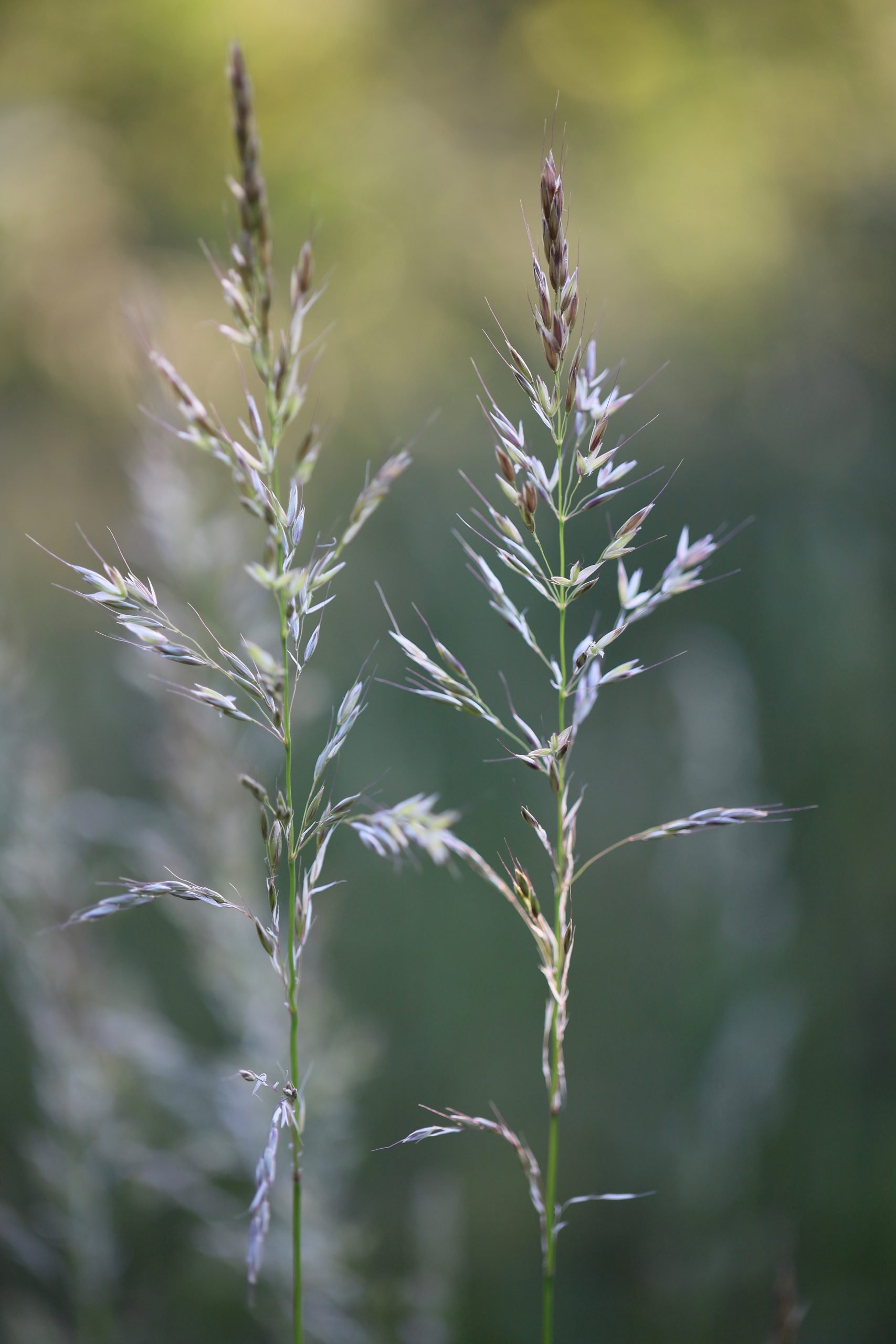Description
False Oat-grass (also known as Tall Oat-grass) is a tall, erect, loosely tufted, perennial grass with wide flat leaves. Its flowering stems grow up to 150cm terminating in branched oat-like heads. It will form loose tussocks if given space. It roots prolifically with numerous yellowish roots.
Habitat Information
False Oat-grass is found widely distributed across a range of neutral to base-rich grassy habitats. It thrives best in deep soils with a good supply of nutrients. Because of its erect growth habit, it is intolerant of grazing. As a result it is most frequent in (and indeed characteristic of), rough grassland and tall herb communities on road verges, embankments, field margins and lightly grazed meadows. It is tolerant of light shade so also does well on hedge and woodland margins. Its deep roots are able to access moisture and minerals at greater depth than many other grasses.
Growing Information
False Oat-grass can be sown at any time of the year when soil conditions are suitable.
False Oat-grass is quick to establish from sown seed and is a competitive plant, particularly on good soils. Its rather tall sometimes rank growth means that it is best avoided as a component fine grassland and wild flower meadow seed mixtures.
Where conditions suit it (as on infrequently mown and un-grazed margins and verges) False Oat-grass will frequently invade and colonise naturally overtime. It does not maintain a very persistent seed bank and tends to regenerate naturally, mainly from seed in autumn. Limiting movement of seed on to the site may help limit this.
Once established on a site, rigorous management of grassland (involving more frequent mowing and grazing) is the best way to keep False Oat-grass at bay and prevent it becoming dominant. It is also not very tolerant of trampling. It does not persist for long in grazed pastures or lawns.
False Oat-grass is sometimes sown with other grasses specifically for hay production, particularly on the continent in areas with a drier climate. It grows away early in spring and can produce a high yield of leafy hay which can contain higher levels of minerals (phosphate and calcium) than many grasses. As fodder it should be mown early before it becomes stemmy, bitter tasting and so less palatable for livestock. It is of no use as a pasture grass for grazing.
False Oat-grass typically forms a minor (often un-planned) component of a managed mixed sward forming only loose tufts or tussocks which are easily dealt with by mower or scythe. Even over-stood areas of rough grassland dominated by False Oat-grass are not too difficult to mow provided they have been cut at least annually. In winter its leaf growth recedes and old standing stems become quite brittle; in this condition it yields quite readily to a rough ground scythe.


